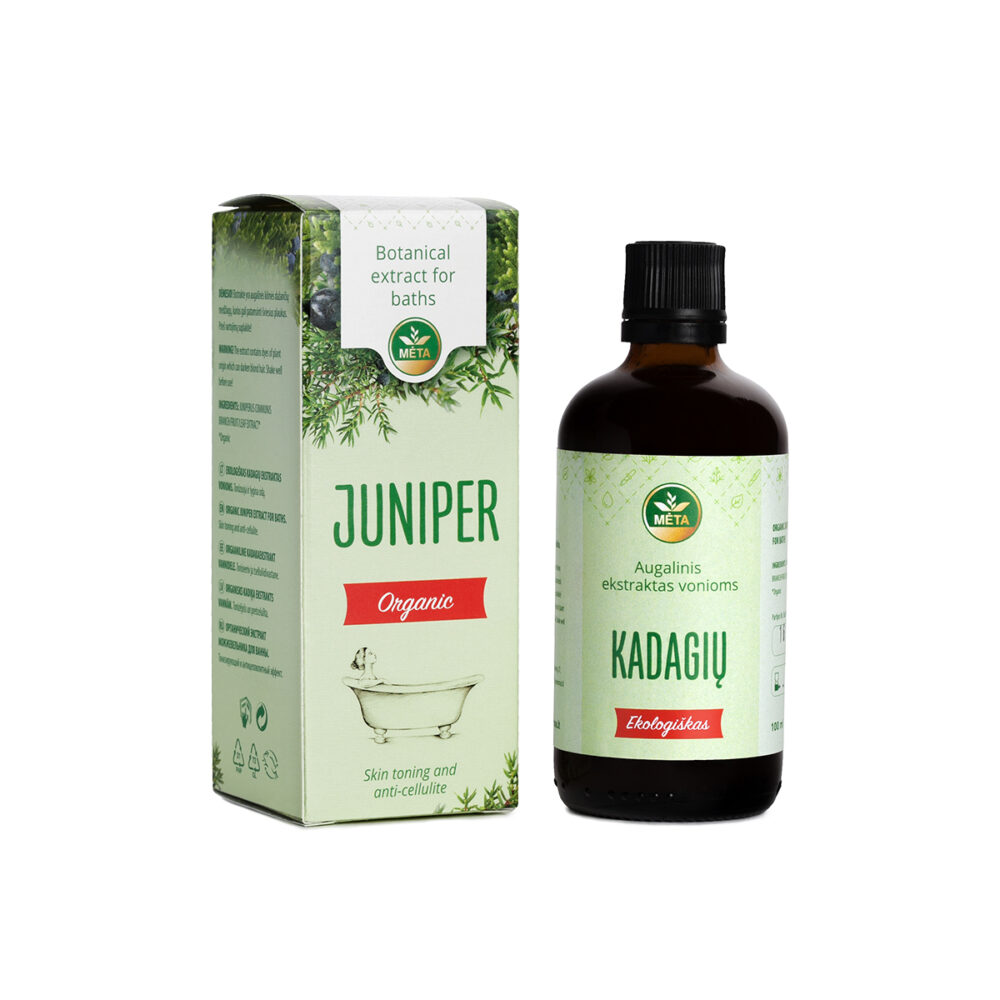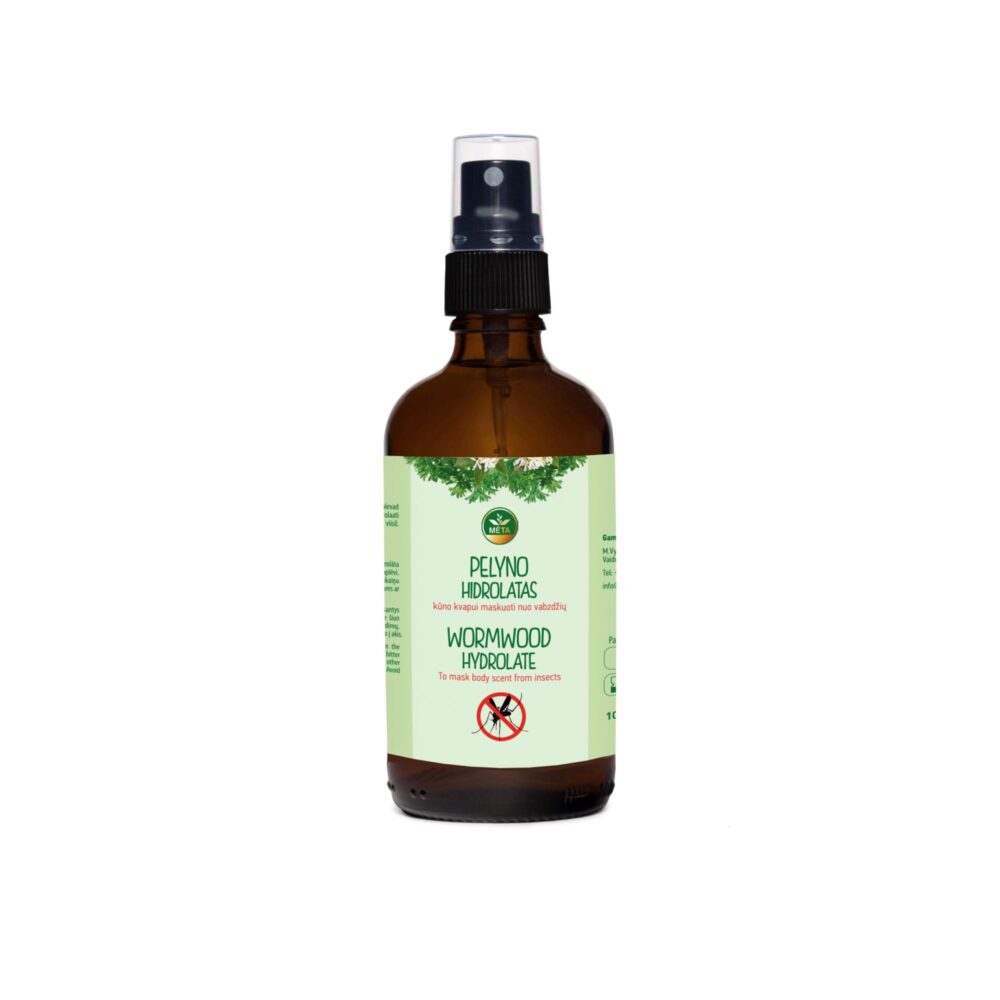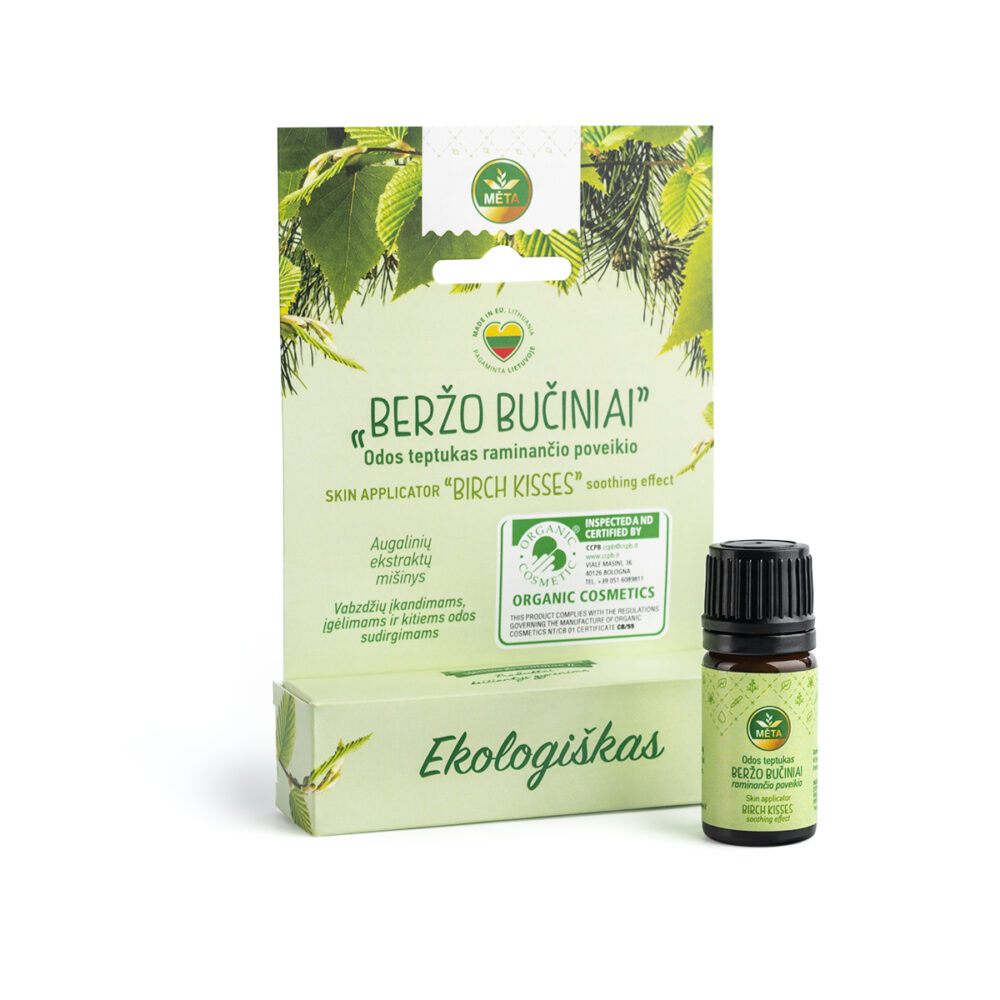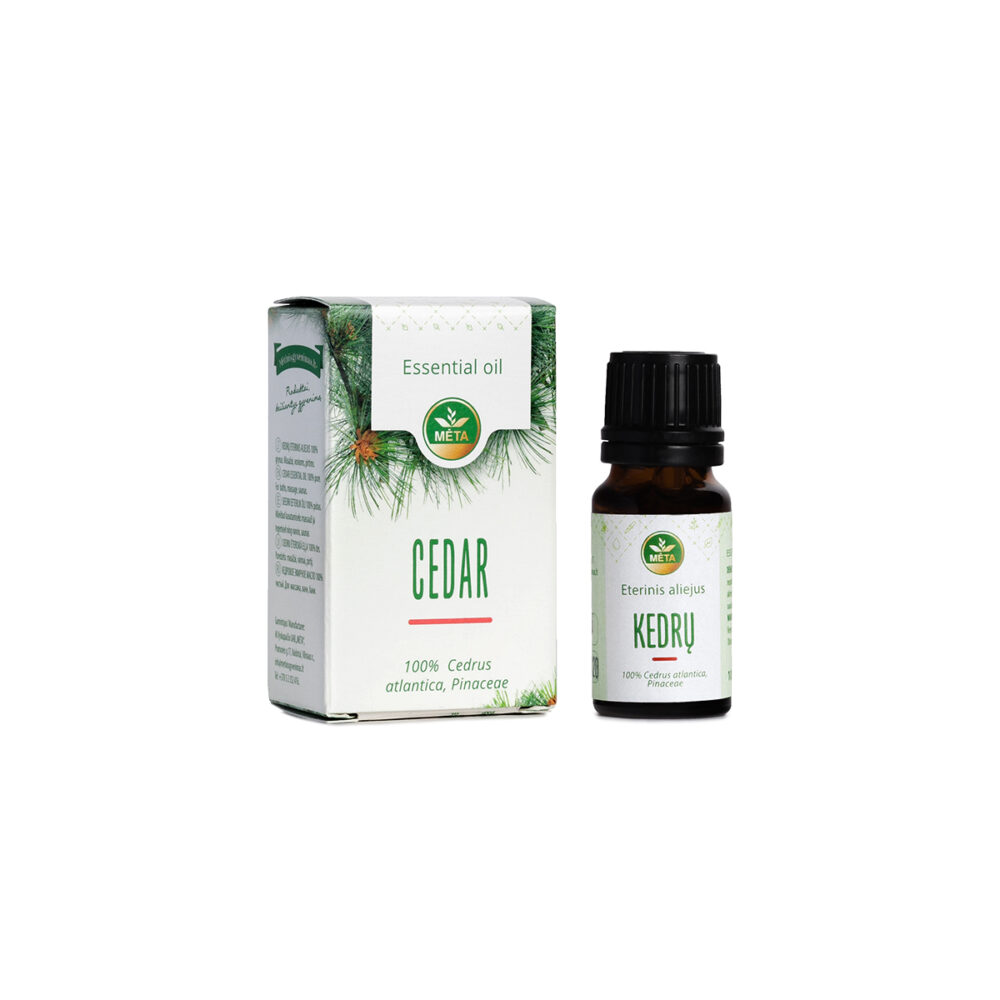All rights reserved
English
ANISE essential oil, 10 ml
€4.08
“MĖTA” Anise essential oil is 100% plant odor obtained by steam distillation from Star Anise seed (Illicium verum). The origin of “MĖTA” Anise essential oil is Spain.
Usage: For a relaxing, soothing aromatic bath – 5-9 drops per 100 l of water. A bath enriched with the aroma of essential oil will allow the body to immerse itself in the unique world of plant scents, and the spirit to rise above everyday life. Lying, sitting, as well as hand or foot baths are useful. Since essential oils do not dissolve in water, it is convenient to mix them in a tablespoon of honey before pouring them into the bath. Essential oils cannot be poured into a hot bath, as they will evaporate quickly, the best water temperature is 36-370 C. You should take a shower before the bath, no detergents should be used in the aromatic bath, as they reduce the effectiveness of the procedure. It is advisable to stay in the bath for 10-20 minutes. After the bath, you don’t need to pour water over it, just wipe it off with a soft towel.
Bathing in an aromatic bath is a very pleasant way to relax after a physically and mentally hard day’s work, to warm up in the fresh air. A warm bath with “Mint” essential oil will evaporate fatigue and tension, making room for divine relaxation and bliss…
Massage improves blood circulation and reduces stress, and essential oils, given their wonderful properties and scents, can enhance positive emotions even more. So, focus on the whole body or a specific area and treat yourself to a relaxing, soothing or toning massage with essential oils. All essential oils are applied to the body only diluted! For dilution at home, it is best to use fatty – first cold-pressed olive oil. Below in the text, we provide recommendations on how much of a specific essential oil to add to 20 g (2 tablespoons) of fatty oil. The rule of thumb for essential oils is less is better. The most prominent properties, possible effects and recommendations for use of the selected essential oil are also listed below.
Ingredients: Illicium Verum Fruit Oil, Linalool*.
*Regulation (EC) No 1223/2009 of the European Parliament and of the Council on cosmetic products, identifies the following allergens.
SKU: 4770287122233
Categories: Essential oils, Extracts and essential oils
Share:
“MĖTA” Anise essential oil is 100% plant odor obtained by steam distillation from Star Anise seed (Illicium verum). Star anise is an evergreen fruit tree native to China. It has been used for thousands of years as a culinary spice and medicine to treat indigestion and cough. In the East, anise (having similar properties) is often chewed after a meal to sweeten the smell and help digestion.
The origin of “MĖTA” Anise essential oil is Spain.
Anise essential oil has a medium intensity, fresh specific spice scent, which is classified as a medium perfume notes – the scent intensity lasts for 2-3 days.
Anise essential oil gives the cleansing, protective or strengthening effect of the oral cosmetics – tooth powder and toothpaste, mouthwashes – and a feeling of freshness and freshness. Inhibits the specific odor and taste of cosmetic ingredients (e.g., chalk flavor).
Anise essential oil has refreshing and soothing properties. The soothing properties of anise oil can help reduce sleep problems. However, the oil should be used very gently because at higher concentrations, it causes side effects such as drowsiness.
Perfect for use with:
Essential oils of Chamomile, Cinnamon, Cloves, Eucalyptus, Lavender, Orange, Pine and Rosemary. More»
References:
1. R. Tisserand, R. Young, E. M Williamson “Essential Oil Safety. A Guide for Health Care Professionals”, Churchill Livingstone ELSEVIER, 2014
2. R. Balz “The Healing Power of Essential Oils”, LOTUS LIGHT SHANGRI-LA, Twin Lakes, 1996
3. J. Lawless, The Encyclopedia of Essential Oils (Updated Edition), London: Harper Thorsons, 2014
4. B.M. Lawrence, Essential Oils 1981-1987 (Wheaton: Allured Publishing, 1989), 39-40.
5. P.Dugo, L. Mondello, E. Sebastiani, et al., Identification of Minor Oxygen Heterocyclic Compounds of Citrus Essential Oils by Liquid Chromatography-Atmospheric Pressure Chemical Ionisation Mass Spectrometry. (Journal of Liquid Chromatography & Related Technologies 22, 1999), 2991-3005.
6. B.M. Lawrence, Progress in Essential Oils, Number 2. (Perfumer & Flavorist 25, 2000), 46-49. SCCP, Opinion on Furocoumarins in Cosmetic Products. (Scientific Committee on Consumer Products, 13-Dec.-2005), SCCP/0942/05.
| Weight | 0.039 kg |
|---|
Be the first to review “ANISE essential oil, 10 ml” Cancel reply
You must be logged in to post a review.
Related products
Sale















Reviews
There are no reviews yet.